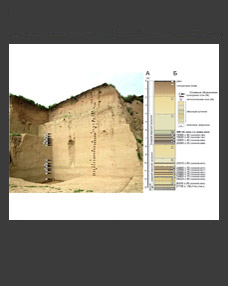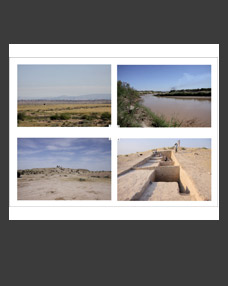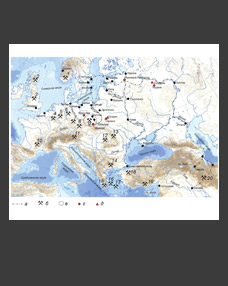Aleksandr M. Zhulnikov1,*, Maria N. Zheltova2,**, Marianna A. Kulkova3,***, Tatyana V. Sapelko4,****, and Gleb K. Danilov5,*****
1Petrozavodsk State University, Russia
2Institute for the History of Material Culture RAS, St. Petersburg, Russia
3Herzen State Pedagogical University of Russia, St. Petersburg, Russia
4Institute of Limnology RAS – St. Petersburg Federal Research Centre RAS, St. Petersburg, Russia
5Peter the Great Museum of Anthropology and Ethnography (the Kunstkamera) RAS, St. Petersburg, Russia
*E-mail: rockart@yandex.ru
**E-mail: mpraslova@mail.ru
***E-mail: kulkova@mail.ru
****E-mail: tsapelko@mail.ru
*****E-mail: gleb.danilov.spb@gmail.com
Keywords: Eneolithic, pit grave, amber jewellery, burial ritual, Eastern Europe.
The article presents new data on the burial ritual of the Eneolithic population of the Eastern Europe’s forest belt obtained during the analysis of materials from a single pit grave at Derevyannoe XI. Accompanying grave goods during the inhumation of the deceased (his bone remains did not survive) included an original set of amber jewellery similar to the items found in Sarnate-type dwellings at the Sarnate site dated by the radiocarbon method (southeastern part of the Baltic Sea coast, Latvia). This evidence along with considering other analogies gives grounds to attribute the burial in question to the late 4th millennium BC. For the first time in the burial rite of the Eneolithic population in the region, it was possible to identify the use of very small chips from tools, including used ones, and their blanks made of imported flint and local metatuff. The discovery of a high concentration of arsenic in the grave made it possible to determine a microregion in the Onega Lake basin, where the deceased lived for a long time.
DOI: 10.31857/S0869606325010034, EDN: BHDZNV







